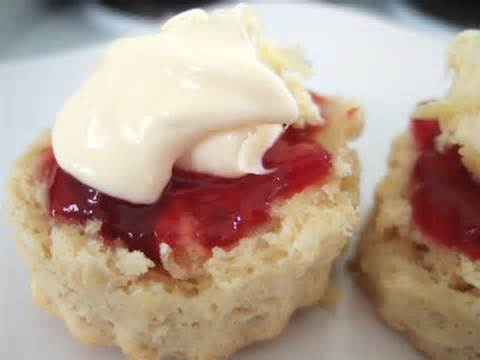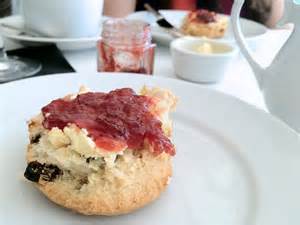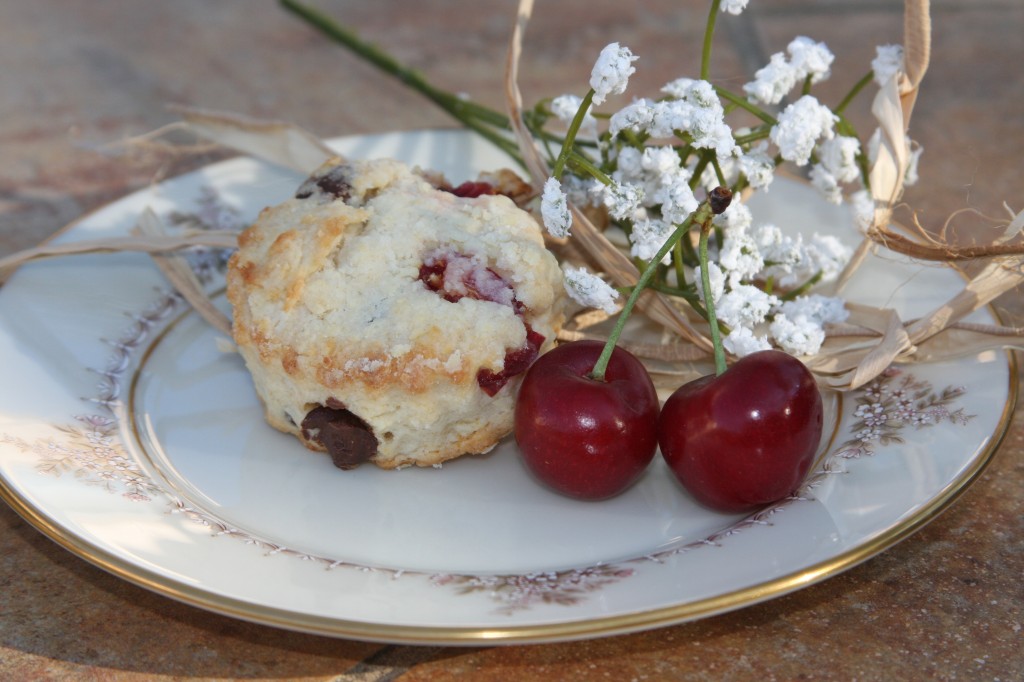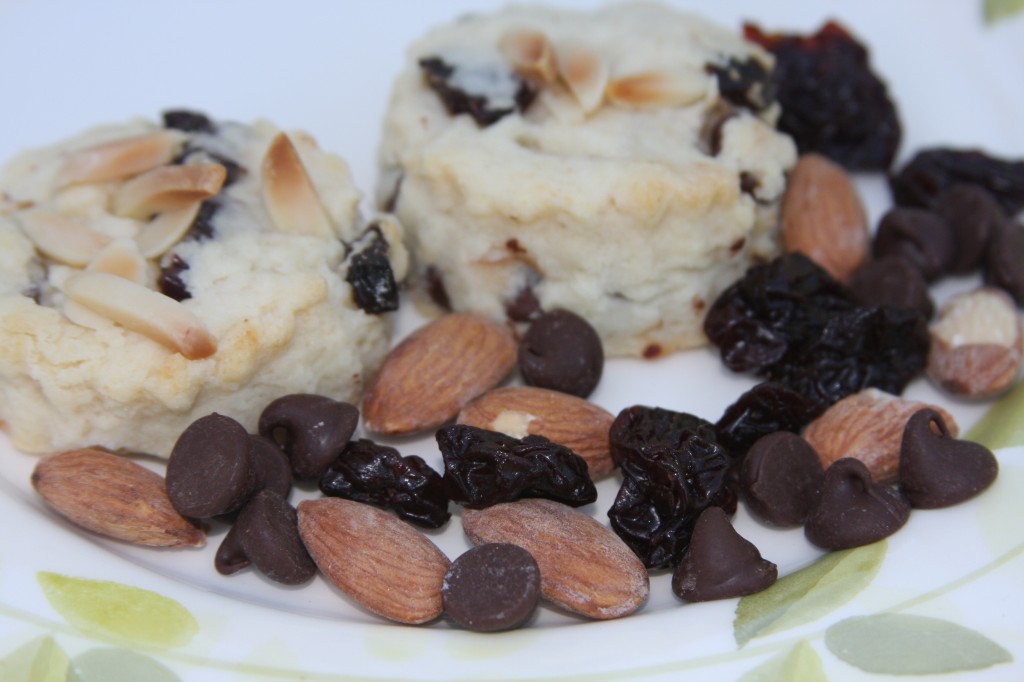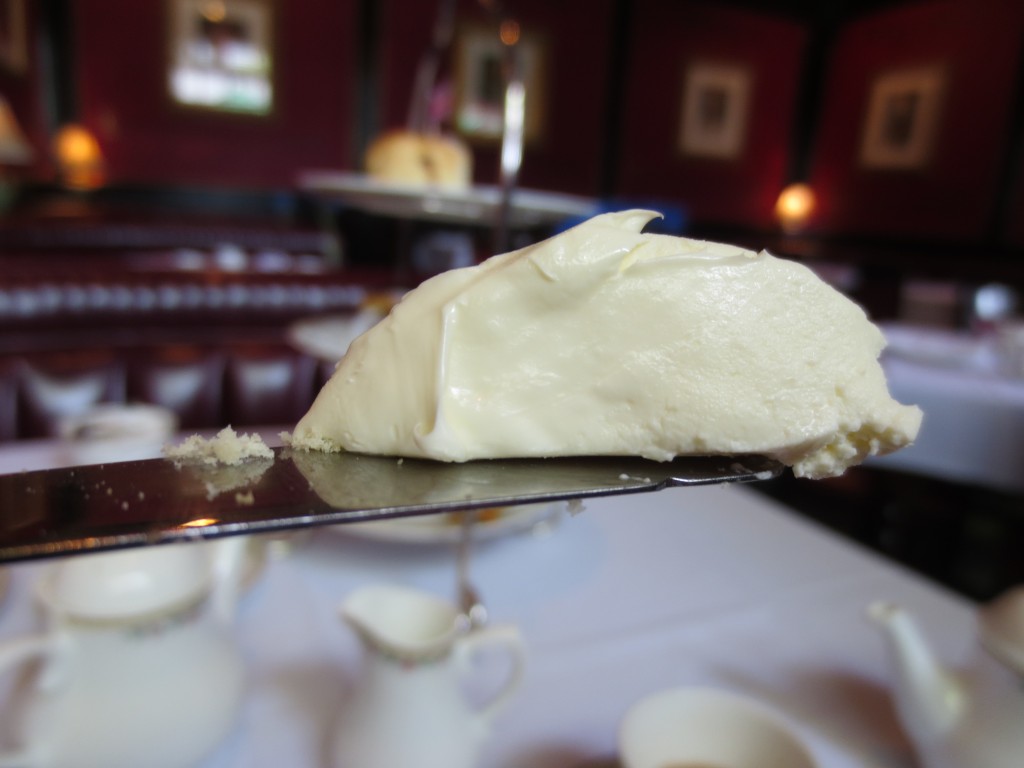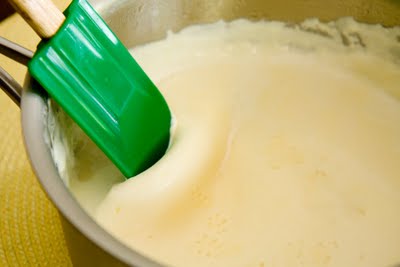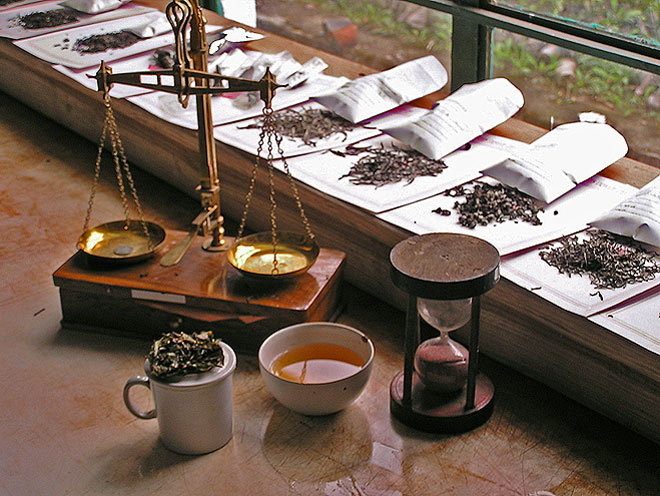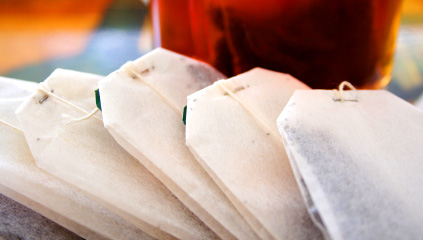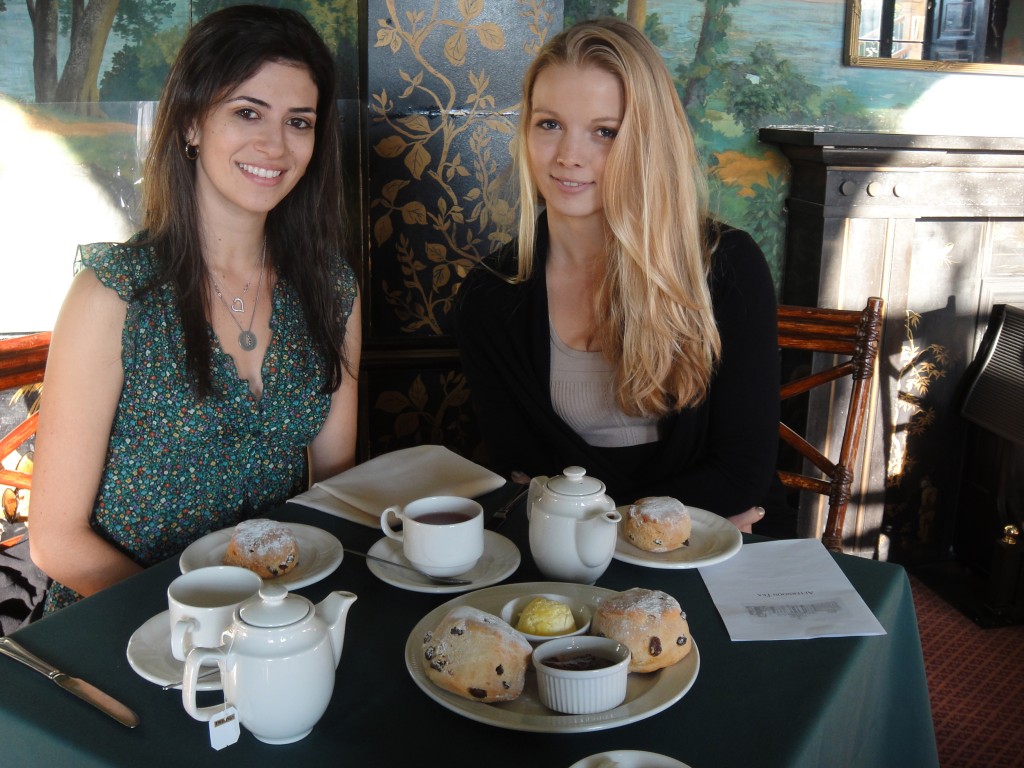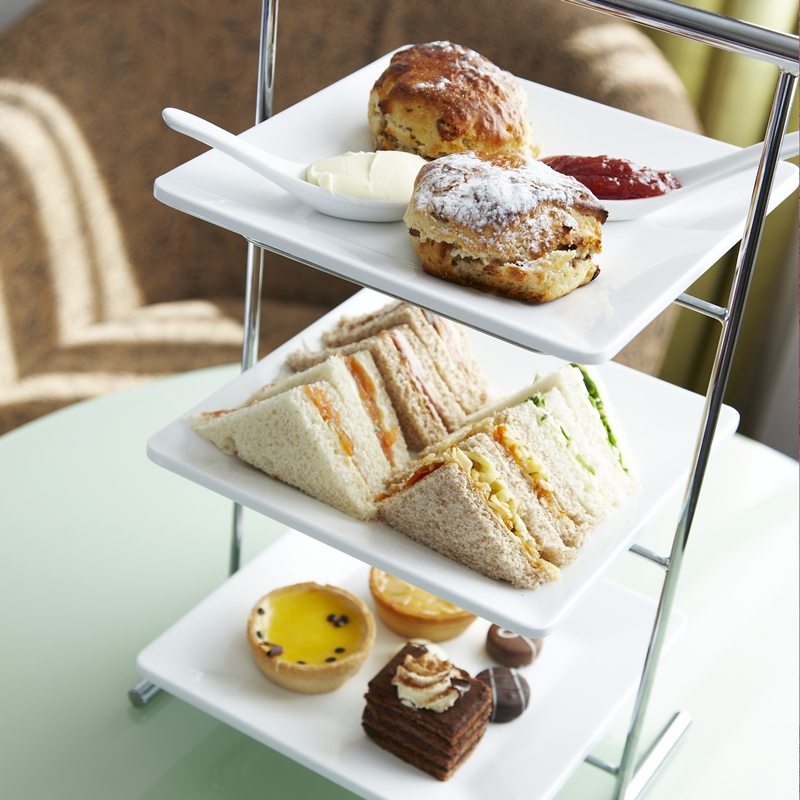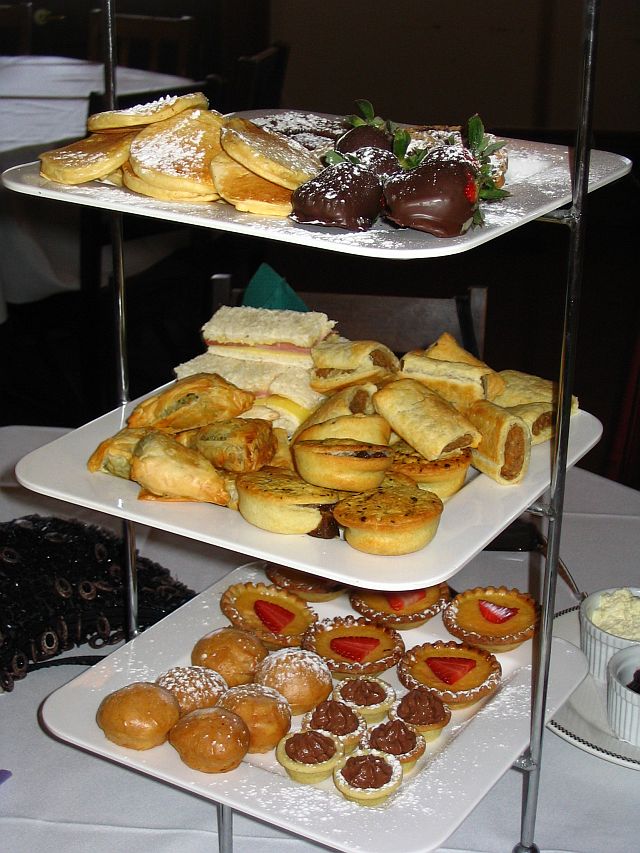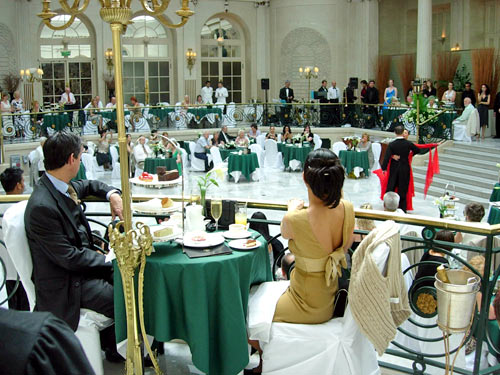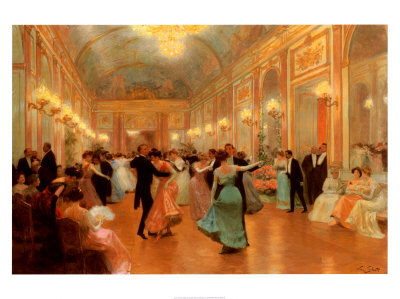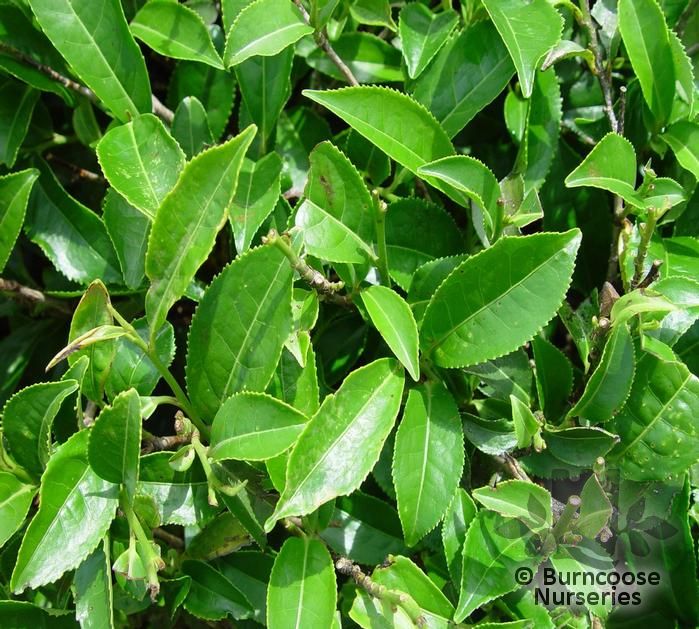It’s a variation on the age old question: which came first, the chicken or the egg? But of course, since it concerns scones and clotted cream and jam, it is a way more important question than that concerning poultry.
When topping a scone, do you layer cream and then jam, or jam and then cream? Does it truly matter? Which way is the traditional or correct way to top a scone?
Well, there is actual an old rivalry that is still raging today over the proper way to top a scone with clotted cream and jam (though everyone does agree that the jam should be a homemade strawberry for the most authentic delight). And the two epicenters are the same places that battle over their superiority in clotted cream.
In Cornwall, they believe that the scone should be topped with the jam first followed by the clotted cream. Some cheeky reasons from the Cornish? “Because we are proud of it, Devonians are slightly ashamed of theirs so they cover it up with jam” says one grandfather. Whether or not that’s true, the Cornish all agree that the jam goes on first and is then topped with a dollop of Rodda’s Cornish cream. If it isn’t Rodda’s, it’s not Cornish.
Devon, on the other hand, tells the Cornish to stick with their pasties because the jam definitely goes on top of the cream. Otherwise, they insist, clotted cream will end up on your nose and they also compare it to bread. In their logic no one puts jam on top of bread and then butter on top of the jam, so why would one do that with cream and scones? Both sides make a fair point, but neither side is going to budge their position any time soon.
I personally follow the Devonshire way of cream and then jam, but I don’t pretend that this is some statement on authenticity or tradition. It’s more of habit and I think it looks prettier than anything else. What about you? Are you a Devonian or a Cornish person?
